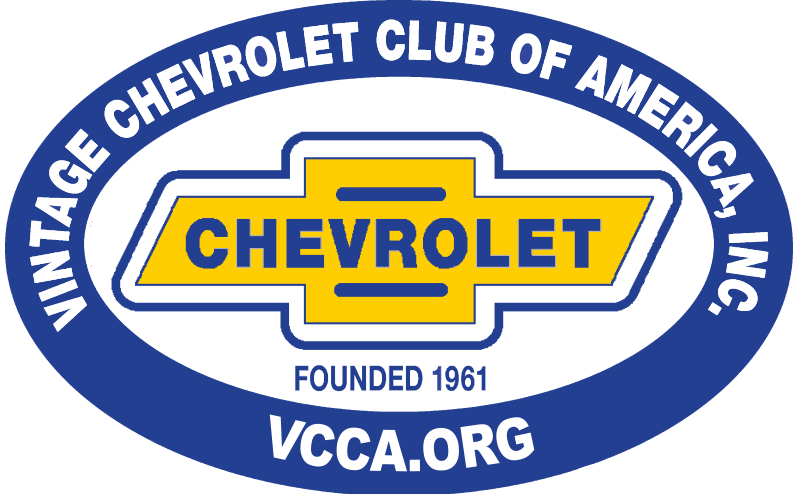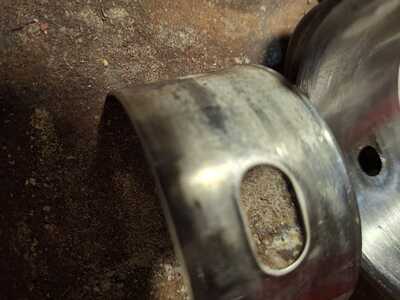7046 old site posts
Save a life, adopt a senior shelter pet
There are many good people. If you can't find one, be one.
1938 Master Business Coupe
1953 210 Sedan
Waiting for pictures but...
You appear to have not understood what I wrote above (or I just did a poor job of explaining).
Either way, I've been trying not to be the bearer of bad news, but I suspect your engine may be beyond anything but starting over with another major rebuild.
☹️
PS
The most frequent cause of a spun bearing is lack of oil resulting in at least partial seizure of the bearing on the shaft.
Ole S Olson
Saskatoon, Sask, Canada
1946 DR 3/4 ton stake
1139 old site posts
The bearing was spinning in place with oil lubricating both sides of the insert. No roughed up surface. Im going to download some pics. You can clearly see the brass shim does nothing but increase the ID of the rod. The brass stops short of the bear⁶6ing shell. If the rod was ma hined to proper size to accept an insert, why need a shim?⁷
As I wrote above...
"IF there are shims, they MUST extend in over the parting surfaces of the shells and nearly to the crankshaft journal."
Ole S Olson
Saskatoon, Sask, Canada
1946 DR 3/4 ton stake
1139 old site posts
As you can see, the shim does not fit between the insert. You are thinking of the babbit rods.
No... I'm not, and obviously I can't help you.
There are just too many unknowns here and not enough answers.
Sorry.
PS
The surface of your bearing that is supposed to be running on the crankshaft doesn't look like any rod bearing I've ever seen.
Looks like the surface has been wiped completely off.
PPS
The shim you show is the proper shim for an original style babbit rod and I have no idea why you would put it there.
The original MAIN bearings in 216 Chev engines WERE shell bearings WITH shims set up as I described above.
So, as I said...
"IF there are shims, they MUST extend in over the parting surfaces of the shells and nearly to the crankshaft journal."
Ole S Olson
Saskatoon, Sask, Canada
1946 DR 3/4 ton stake
1139 old site posts






